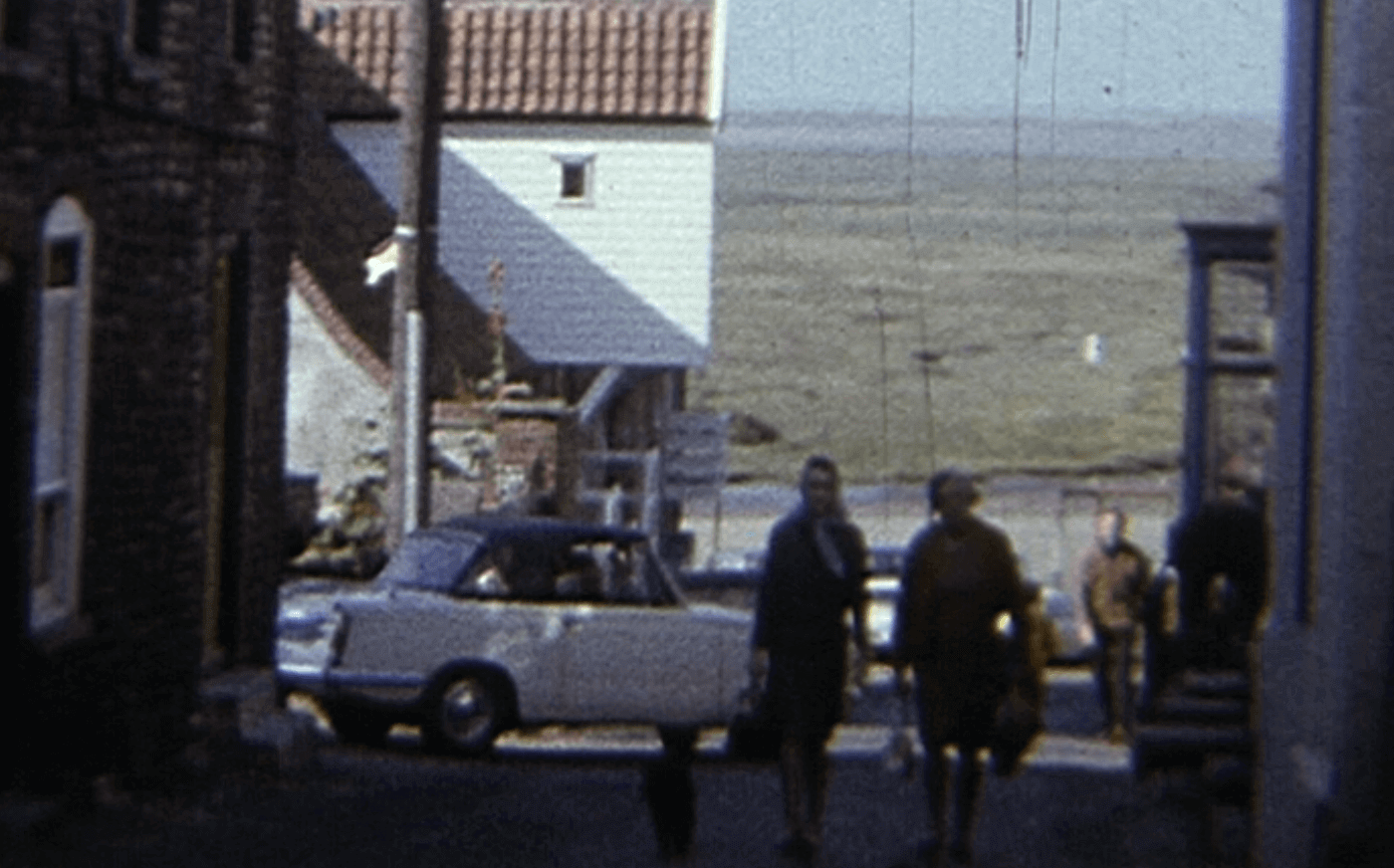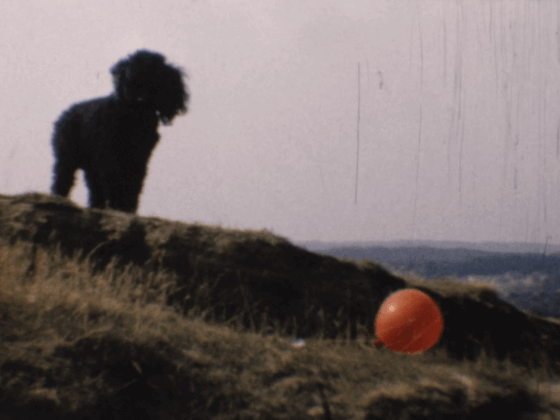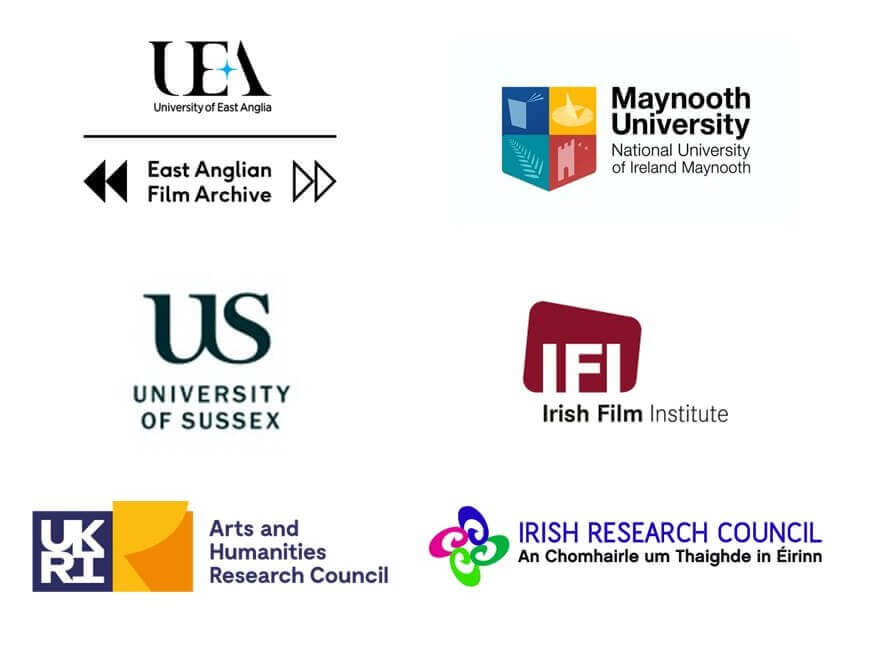
EAFA is proud to be part of Women In Focus, a new project exploring films by women amateur filmmakers whose contributions have been overlooked in the past.
We caught up with members of the Women In Focus research team Prof. Keith M Johnston and Dr. Paul Frith of UEA, to find out more about this exciting project.
Can you tell us about the Women In Focus project? How did it come about?
Keith M. Johnston [KJ]: In 2015 I helped develop the Women Amateur Filmmakers in Britain project (WAF), working with EAFA, the Institute of Amateur Cinematographers (IAC), and with funding from the National Archives and the AHRC. It really sparked my interest. Two of the things I wanted to know more about were the history of women’s amateur film more generally, and a chance to dig deeper into why some filmmakers are highlighted within archives and some aren’t.
Paul Frith [PF]: My way into this was via two amateur film projects I’d worked on with Keith where we identified a significant gender bias in histories of the amateur filmmaking movement, which often neglected the contributions of women to the amateur community. We often saw that the lack of historical records around women filmmakers was because they were underrepresented within archival collections of amateur film – perhaps due to a lack of certainty regarding individual contributions to each collection.
Who are the women filmmakers you’re researching?
KJ: For the Women in Focus project, we wanted to expand our scope beyond Britain and do a comparative study of how women’s amateur films were archived and catalogued in the UK and Ireland – including what kinds of films were being made and preserved. Working with colleagues at Maynooth University and the Irish Film Archive has shown us how similar – but also diverse – the histories are.
PF: We ended up whittling it down to sixteen UK filmmakers: Joyce Allingham, J. Barney, Mabel Basham, Rowena Cromwell, Sarah Daly, Valrie Ellis, Joan Hammond, Mrs Keefe, Breeda Kiely, Phillipa Miller, Adele Mills, A.L. Moorfield, Frances Proctor, Madge Thomas, Pauline Webb, and Dede Wright.
KJ: We also did a lot of background research about women in amateur film more generally – to think about those women who are even more marginal in these histories, because their films don’t seem to have been preserved by any archive. We think we have found the names of another thousand women involved in amateur film making, many of whom would be unknown otherwise.
PF: Some of these filmmakers were either members of cine clubs or lone workers, producing films later submitted to different amateur film competitions. The majority, however, neither belonged to any cine club nor made amateur films intended for public screening or submission to the amateur competitions. The works of these filmmakers are representative of many of the amateur collections held at archives in Britain and Ireland, featuring family holidays, local celebrations, and other key events, typically screened in the home for close family and friends.

A still from "Donkey Derby" (1969) by Joan Hammond
What first made you want to find out more about their lives and films?
KJ: The previous WAF project very much focused on women filmmakers whose films had won awards via the IAC collection held at EAFA. For Women in Focus, we wanted to return to that collection and find women who hadn’t been included first time round; but also, to expand beyond that to consider other women filmmakers that had not had the attention they might deserve.
PF: For me, the Women in Focus project was an opportunity to discover more about these key amateur filmmakers who have largely been neglected in histories of the amateur movement. I was amazed how few women were represented within reports and articles covering the activities of amateur filmmakers in the amateur trade press – they were largely absent from many journals until the late-1960s and even then, they remained underrepresented. Being able to provide some insight to the difficulties these women encountered in their attempts to make a name for themselves within cine clubs, and a wider amateur community, has been a core part of the project for me.
What makes their creative work significant, and why has it been overlooked in the past?
PF: Historically, the value of amateur film has often been linked to its importance as a document of culture and society in times past – and although we don’t want to disregard that visual record, it means the contribution of the individual filmmaker is often neglected as a result. It is great that the project can focus our attention on the output of individual women amateur filmmakers, their life and career outside filmmaking, and the part they played in the wider amateur community.
KJ: The significance of these films is that these women were able to be independent creators, to use the medium to capture something about the world – and in some cases, to do that and win awards for their creativity. We have films that are records of everyday family life; there are travelogues that show amazing scenery from North Norfolk to Perpignan and Switzerland; a comic film about a balloon that floats around the countryside; dramas about a child’s life in Ireland; to a personal record of one woman’s life with multiple sclerosis. Of course, we shouldn’t be surprised that such a range exists because these were creative women who wanted to use film to tell very specific stories about the world around them.
PF: I agree, I think it is significant because we’re getting a deeper understanding of the various subjects, genres, and themes that were unique to these women filmmakers. Looking at collections as a whole, rather than focussing on individual films, we’re able to get a better sense of who these women were, why they made amateur films, and how these films offer a unique perspective from the viewpoint of the women who made them.

A still from "Balloon Adventures" (c. 1970) by Philippa Miller
What do you hope will be the outcomes of this project?
KJ: We are hoping that our work can lead to changes in how women’s films are prioritised and catalogued. We will be testing and publishing a toolkit of approaches that all media archives could adopt to create better metadata – without imposing too much on the limited time available to them. This would mean more accurate and focused catalogue records, which in turn make it easier for the public to explore and learn more about the filmmakers!
PF: Yes, our primary aim is to increase the visibility of existing collections of women amateur filmmakers and to inform archives of alternative approaches to support future acquisitions and cataloguing work. Archives represent the gateway to discovering more about these fascinating women filmmakers and we hope our work will inform future acquisitions and cataloguing of these collections to make them more accessible to researchers and the public.
Have any of your findings surprised you so far?
KJ: For me, the best surprises have come from watching the films and digging into the (often limited) historical information on these women filmmakers. For example, I knew very little about the work of Breeda Kiely – she is an Irish filmmaker, but some of her films were in the IAC collection at EAFA; and her work was also held at the Irish Film Archive. So, it was already a great example of a filmmaker whose work crossed both sides of the project.
PF: One of the filmmakers we’ve been researching is the Norfolk-based artist and teacher Philippa Miller, whose collection at EAFA comprises over 80 individual films. Her work as a watercolourist was recognised within the art community but very little was known about her work as an amateur filmmaker. Her fondness for local history, village life, nature, and, of course, the Broads, are lovingly captured on film in a style echoing similar scenes depicted with her artwork. We were able to look at an extensive collection of Miller’s work and journals, held at the Museum of the Broads, to uncover details about many of these films that was previously unknown to EAFA – and to help the Museum learn more about her filmmaking.
How can people find out more about the project and these amazing women filmmakers?
KJ: The best place to find out more is via the Women in Focus project website. We’ll be adding new biographies of other significant women amateur filmmakers we have discovered during our research throughout 2023 – and maybe beyond!
PF: You can also find updates on our research (including forthcoming events and screenings) via the project Twitter account and Facebook page.
PF: There’s also a year-long exhibition featuring the work of Norfolk-based artist Philippa Miller. This is being held at the Museum of the Broads, Stalham, between April and November 2023. In conjunction with EAFA, we have created a new video installation for the museum which will accompany the artist’s other works on display in the exhibition space.
Women In Focus is a joint UK-Ireland collaboration between the University of East Anglia, Maynooth University, and the University of Sussex; funded by the Arts and Humanities Research Council (AHRC) and the Irish Research Council (IRC), as part of the UK-Ireland Digital Humanities scheme. The partner archives are EAFA and the Irish Film Archive (IFA).
Women in Focus: Developing a Feminist Approach to Film Archive Metadata and Cataloguing’ was funded by the UKRI-Arts & Humanities Research Council and the Irish Research Council. Grant numbers: AH/W001756/1 and IRC/W001756/1.

The header image shows a still from North Norfolk Coast: Blakeney to Walcott (c. 1966) by Philippa Miller. The film is part of the Philippa Miller collection held by EAFA.



